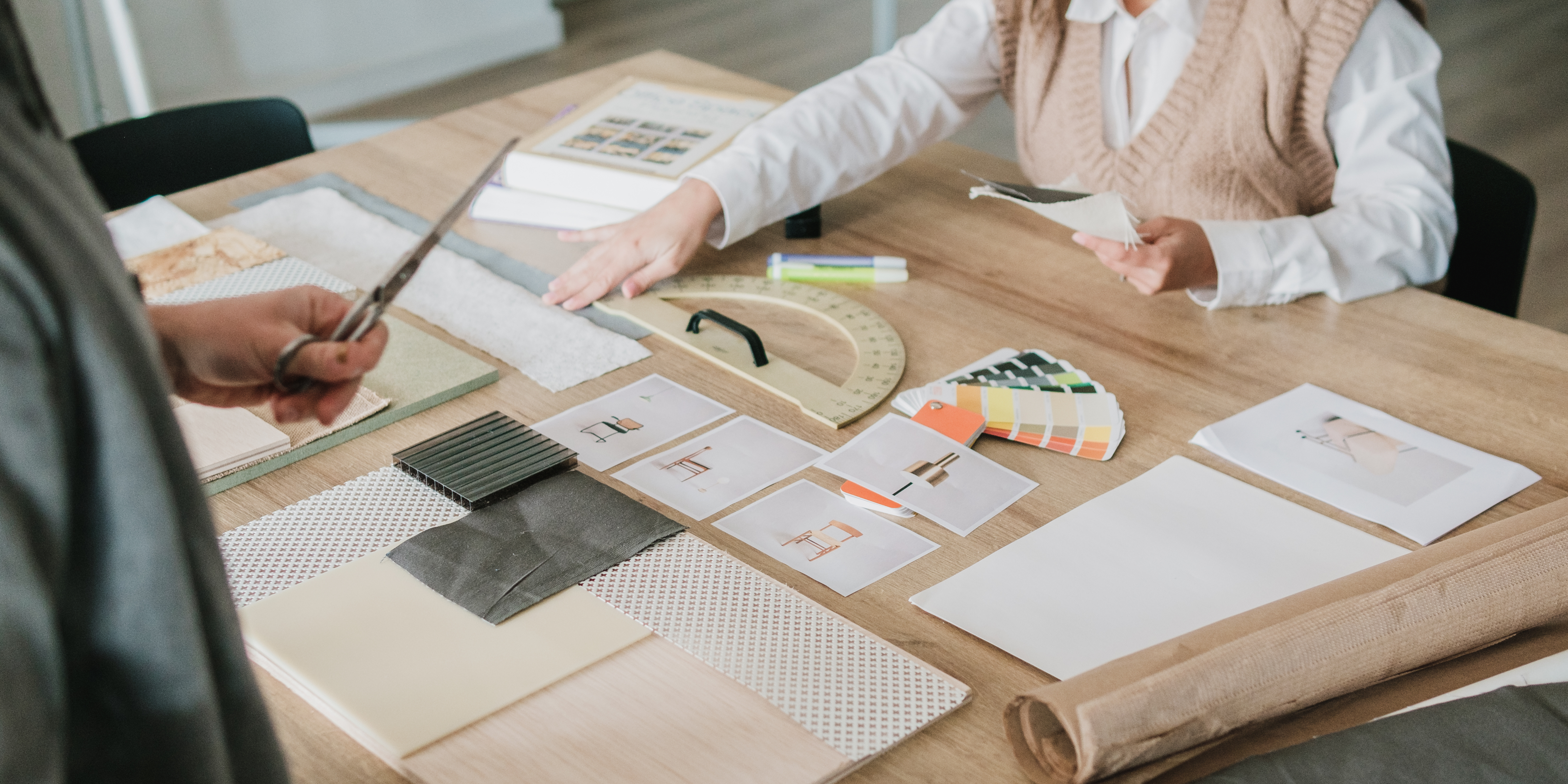
Interior design includes the selection of furniture, color schemes, lighting, and accessories to create a cohesive and aesthetically pleasing space. It also involves considering functionality, flow, and spatial planning to optimize the use of a room or building. Additionally, interior design often incorporates elements of texture, patterns, and materials to add depth and visual interest to a space. It is important for interior designers to understand the needs and preferences of their clients in order to create a personalized and functional design. Interior design also involves staying up-to-date on current trends and styles to ensure the design remains relevant and timeless. Ultimately, the goal of interior design is to transform a space into a harmonious and inviting environment that reflects the client’s personality and lifestyle. This can involve selecting furniture, lighting, and decor that not only look aesthetically pleasing but also serve a practical purpose. By balancing functionality with creativity, interior designers can create spaces that are both beautiful and livable. They must also consider factors such as lighting, color schemes, and spatial layout to achieve a cohesive and well-designed space. Attention to detail is crucial in ensuring that every element of the design contributes to the overall aesthetic and functionality of the room. Interior designers must also take into account the client’s budget and timeline when creating a design plan. Additionally, they may need to collaborate with architects, contractors, and other professionals to bring the design to life effectively. By working closely with clients and understanding their needs and preferences, interior designers can create personalized spaces that reflect the client’s unique style. Collaboration with other professionals in the industry allows for a seamless execution of the design plan, ensuring that the final result meets both aesthetic and practical requirements. This collaborative approach also helps to ensure that the project stays within budget and is completed on time. Ultimately, the goal is to create a space that not only looks beautiful but also functions well for the client’s needs. This attention to detail and commitment to client satisfaction sets interior designers apart in their ability to transform spaces into truly remarkable environments. The combination of creativity, technical expertise, and project management skills enables interior designers to bring their clients’ visions to life in a way that exceeds expectations. Interior designers also play a crucial role in coordinating with contractors, architects, and other professionals to execute the project seamlessly. Their ability to communicate effectively and problem-solve efficiently is key to ensuring a successful outcome for all parties involved.
